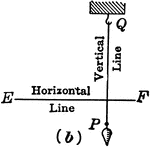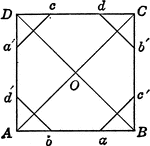
Lieing Fox
Tangrams, invented by the Chinese, are used to develop geometric thinking and spatial sense. Seven figures…

Light Intensity Versus Distance
"Another illustration of how luminous density varies inversely as the square of the distance." —Croft…

Lighthouse
Tangrams, invented by the Chinese, are used to develop geometric thinking and spatial sense. Seven figures…

Lighthouse
Tangrams, invented by the Chinese, are used to develop geometric thinking and spatial sense. Seven figures…

Lighthouse
Tangrams, invented by the Chinese, are used to develop geometric thinking and spatial sense. Seven figures…

Lighthouse
Tangrams, invented by the Chinese, are used to develop geometric thinking and spatial sense. Seven figures…

Lit Candle
Tangrams, invented by the Chinese, are used to develop geometric thinking and spatial sense. Seven figures…

Lit Candle
Tangrams, invented by the Chinese, are used to develop geometric thinking and spatial sense. Seven figures…

Lit Candle
Tangrams, invented by the Chinese, are used to develop geometric thinking and spatial sense. Seven figures…

Lit Candle
Tangrams, invented by the Chinese, are used to develop geometric thinking and spatial sense. Seven figures…

Lying Fox
Tangrams, invented by the Chinese, are used to develop geometric thinking and spatial sense. Seven figures…

Lying Fox
Tangrams, invented by the Chinese, are used to develop geometric thinking and spatial sense. Seven figures…

Lying Fox
Tangrams, invented by the Chinese, are used to develop geometric thinking and spatial sense. Seven figures…

Man
Tangrams, invented by the Chinese, are used to develop geometric thinking and spatial sense. Seven figures…

Man
Tangrams, invented by the Chinese, are used to develop geometric thinking and spatial sense. Seven figures…

Man
Tangrams, invented by the Chinese, are used to develop geometric thinking and spatial sense. Seven figures…

Man
Tangrams, invented by the Chinese, are used to develop geometric thinking and spatial sense. Seven figures…

Man
Tangrams, invented by the Chinese, are used to develop geometric thinking and spatial sense. Seven figures…
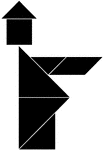
Man
Tangrams, invented by the Chinese, are used to develop geometric thinking and spatial sense. Seven figures…

Man
Tangrams, invented by the Chinese, are used to develop geometric thinking and spatial sense. Seven figures…
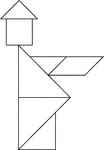
Man
Tangrams, invented by the Chinese, are used to develop geometric thinking and spatial sense. Seven figures…

Man in Hat Facing Left
Tangrams, invented by the Chinese, are used to develop geometric thinking and spatial sense. Seven figures…

Man in Hat Facing Left
Tangrams, invented by the Chinese, are used to develop geometric thinking and spatial sense. Seven figures…

Man in Hat Facing Left
Tangrams, invented by the Chinese, are used to develop geometric thinking and spatial sense. Seven figures…
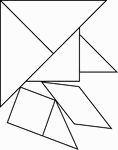
Man in Hat Facing Left
Tangrams, invented by the Chinese, are used to develop geometric thinking and spatial sense. Seven figures…
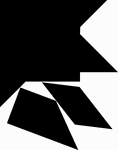
Man in Hat Facing Right
Tangrams, invented by the Chinese, are used to develop geometric thinking and spatial sense. Seven figures…

Man in Hat Facing Right
Tangrams, invented by the Chinese, are used to develop geometric thinking and spatial sense. Seven figures…

Man in Hat Facing Right
Tangrams, invented by the Chinese, are used to develop geometric thinking and spatial sense. Seven figures…

Man in Hat Facing Right
Tangrams, invented by the Chinese, are used to develop geometric thinking and spatial sense. Seven figures…
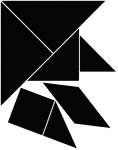
Man in Hat Facing Right
Tangrams, invented by the Chinese, are used to develop geometric thinking and spatial sense. Seven figures…
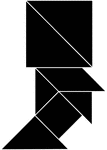
Man in Hat Facing Right
Tangrams, invented by the Chinese, are used to develop geometric thinking and spatial sense. Seven figures…

Man in Hat Facing Right
Tangrams, invented by the Chinese, are used to develop geometric thinking and spatial sense. Seven figures…
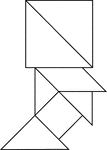
Man in Hat Facing Right
Tangrams, invented by the Chinese, are used to develop geometric thinking and spatial sense. Seven figures…

Man Walking
Tangrams, invented by the Chinese, are used to develop geometric thinking and spatial sense. Seven figures…

Man Walking
Tangrams, invented by the Chinese, are used to develop geometric thinking and spatial sense. Seven figures…

Man Walking
Tangrams, invented by the Chinese, are used to develop geometric thinking and spatial sense. Seven figures…

Man Walking
Tangrams, invented by the Chinese, are used to develop geometric thinking and spatial sense. Seven figures…
Man Wearing a Tuxedo
Tangrams, invented by the Chinese, are used to develop geometric thinking and spatial sense. Seven figures…
Man Wearing a Tuxedo
Tangrams, invented by the Chinese, are used to develop geometric thinking and spatial sense. Seven figures…
Man Wearing a Tuxedo
Tangrams, invented by the Chinese, are used to develop geometric thinking and spatial sense. Seven figures…
Man Wearing a Tuxedo
Tangrams, invented by the Chinese, are used to develop geometric thinking and spatial sense. Seven figures…

Martin's Anchor
"The anchor is represented in the position in which it lies on the ground just before taking hold. The…

Medium House
Tangrams, invented by the Chinese, are used to develop geometric thinking and spatial sense. Seven figures…
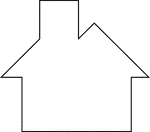
Medium House
Tangrams, invented by the Chinese, are used to develop geometric thinking and spatial sense. Seven figures…
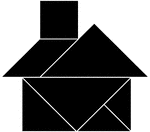
Medium House
Tangrams, invented by the Chinese, are used to develop geometric thinking and spatial sense. Seven figures…
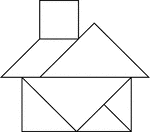
Medium House
Tangrams, invented by the Chinese, are used to develop geometric thinking and spatial sense. Seven figures…

Mocking Bird
Tangrams, invented by the Chinese, are used to develop geometric thinking and spatial sense. Seven figures…
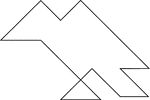
Mocking Bird
Tangrams, invented by the Chinese, are used to develop geometric thinking and spatial sense. Seven figures…
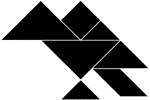
Mocking Bird
Tangrams, invented by the Chinese, are used to develop geometric thinking and spatial sense. Seven figures…
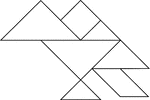
Mocking Bird
Tangrams, invented by the Chinese, are used to develop geometric thinking and spatial sense. Seven figures…

Mountain
Tangrams, invented by the Chinese, are used to develop geometric thinking and spatial sense. Seven figures…

Mountain
Tangrams, invented by the Chinese, are used to develop geometric thinking and spatial sense. Seven figures…

Mountain
Tangrams, invented by the Chinese, are used to develop geometric thinking and spatial sense. Seven figures…

Mountain
Tangrams, invented by the Chinese, are used to develop geometric thinking and spatial sense. Seven figures…
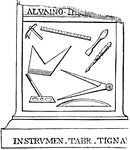
Norma
"A square used by carpenters, masons, and other artificers to make their work rectangular. It was made…

Construction Of An Octagon From a Square
An illustration showing how to construct a regular octagon from a square by cutting off the corners…
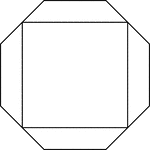
Octagon Circumscribed About a Square
Illustration of a regular octagon circumscribed about a square. This could also be described as a square…

Design Consisting of Octagons and Squares
Illustration of a figure that is made up of 4 octagons with 5 squares (diamonds).
